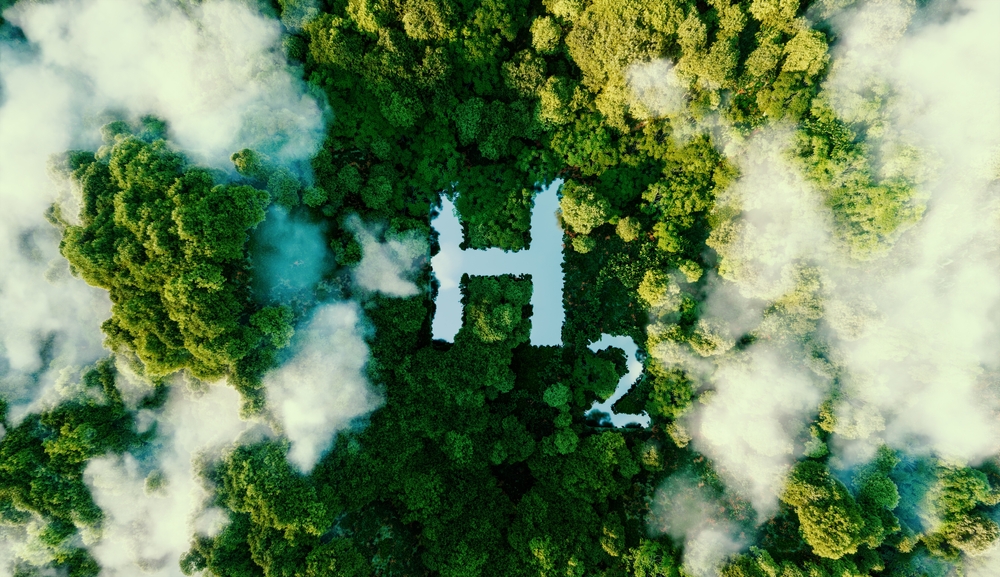Unveiling Natural Hydrogen Hotspots: Unleashing the Power of Earth's Geological Processes
Key Ideas
- Researchers at GFZ identify ideal geological environments in mountain ranges for natural hydrogen generation.
- Plate tectonic simulations reveal up to 20 times greater hydrogen generation capacity in mountain ranges compared to rift environments.
- Ongoing exploration efforts in the Pyrenees, European Alps, and Balkans show promise for discovering natural hydrogen reservoirs.
- Development of novel exploration strategies is crucial to the success of identifying economic natural hydrogen accumulations.
Researchers at GFZ Helmholtz Centre for Geosciences have utilized state-of-the-art plate tectonic modelling to pinpoint potential natural hydrogen hotspots in mountain ranges. These hotspots could hold the key to large-scale natural hydrogen generation, surpassing current synthetic production methods. By studying geological processes that trigger hydrogen formation, such as serpentinisation of mantle rocks, the team led by Dr Frank Zwaan has shed light on where and when natural hydrogen accumulations can be found. Their findings suggest that mountain ranges offer optimal conditions for hydrogen generation due to exhumed mantle rocks coming into contact with water at favorable temperatures. The study emphasizes the significance of tectonic history in controlling the formation of economic hydrogen reservoirs. Ongoing exploration efforts in regions like the Pyrenees and European Alps aim to capitalize on these revelations. The research underscores the potential of natural hydrogen as a clean energy source and highlights the importance of innovative exploration strategies in uncovering its full potential.
Topics
Europe
Renewable Energy
Geological Processes
Scientific Research
Energy Source
Mountain Ranges
Plate Tectonics
Exploration Efforts
Geodynamic Modelling
Latest News
